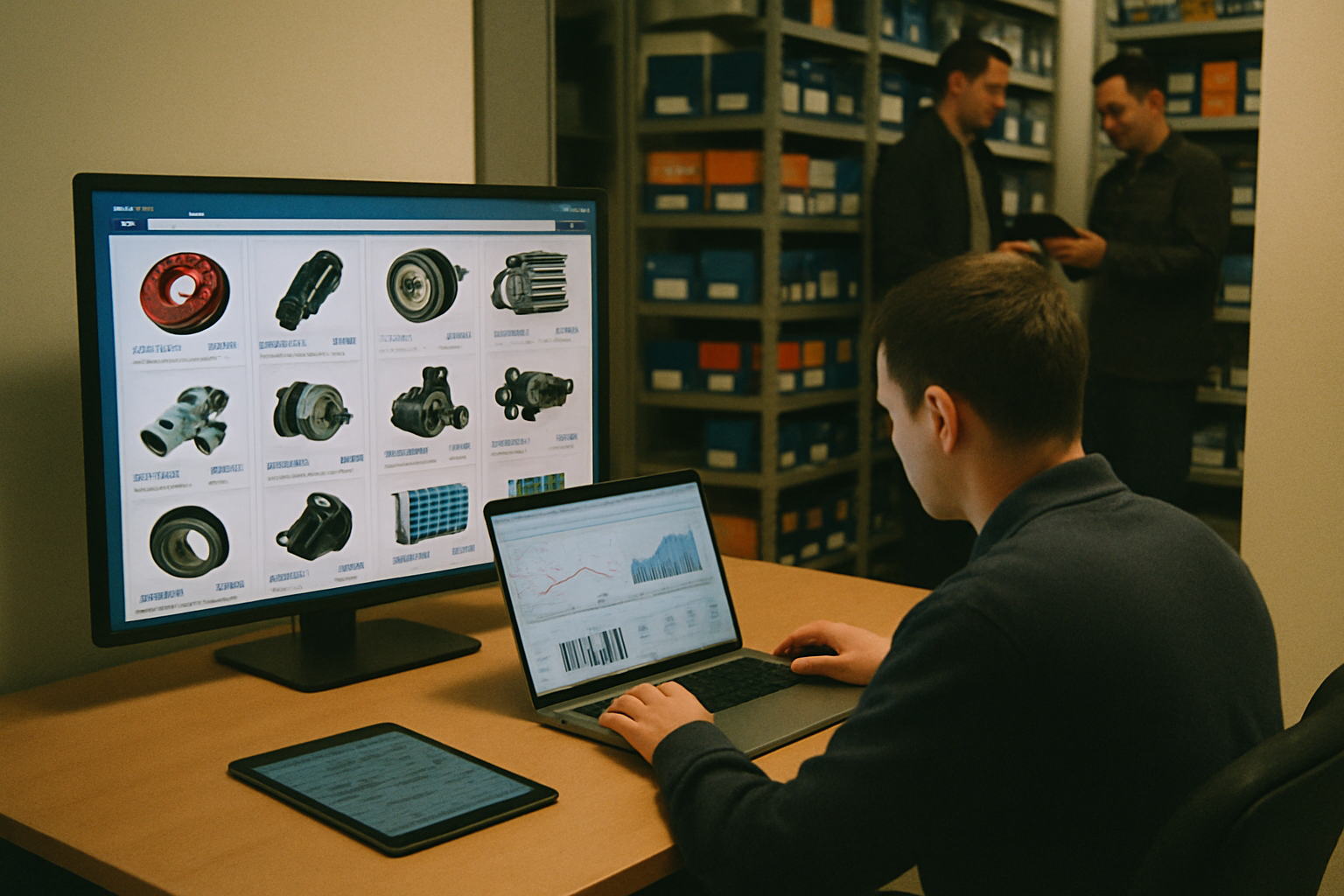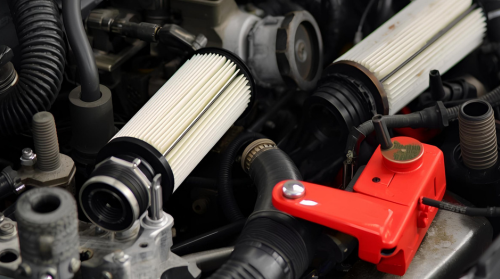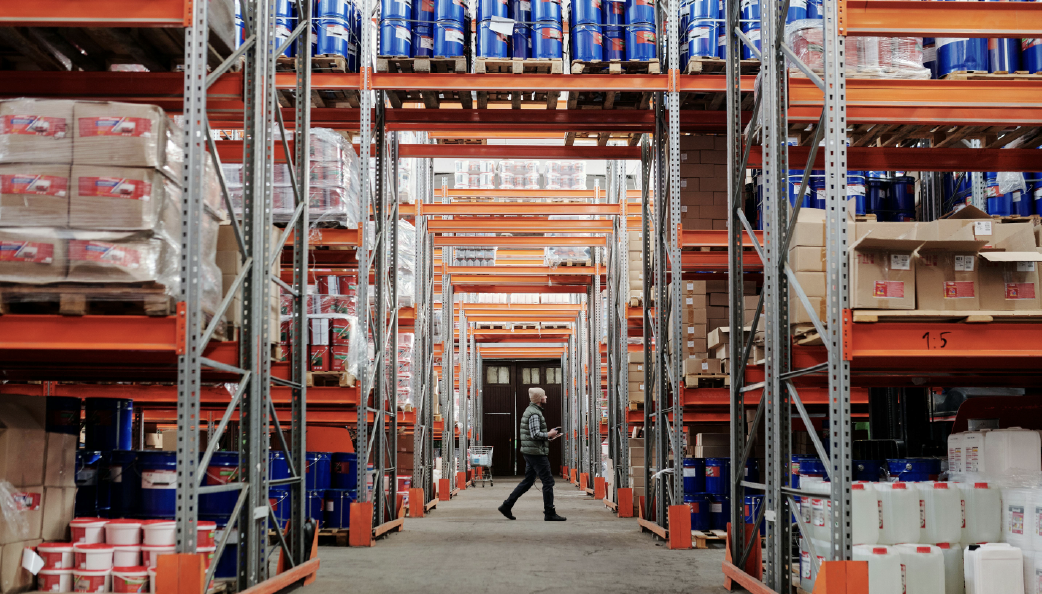More than 50% of auto parts searches already begin online. The automotive sector foresees a more dynamic scenario, with consumers who are better informed, less brand-loyal, and whose buying habits differ greatly from just a few years ago. According to Redoo Consulting, 75% of Argentines choose a car based on price — and that same logic now applies to the auto parts and aftermarket services industry.
Volatility, recovery, and new priorities
In the past year, the automotive industry saw up to a 30% drop in sales during the first half, driven by currency devaluation and economic uncertainty.
From the second half onward, slowing inflation and greater macroeconomic stability boosted recovery. According to ADEFA, 505,000 vehicles were produced, 300,000 exported, and around 412,500 registered.
But beyond vehicle production, the real shift is happening in auto parts sales and distribution channels. In a market with shrinking margins, operational efficiency is key to maintaining competitiveness.
From physical counters to digital catalogs
Today, workshops seek suppliers that offer online purchasing, real-time inventory checking, and 24- to 48-hour delivery. This change is reshaping business relationships in the sector.
According to Tiendeo LatAm, over 60% of workshop buyers research online before making decisions, requiring a fast, integrated, and reliable digital experience.
Distributors still managing stock and pricing in Excel are falling behind competitors who automate data and synchronize catalogs with digital channels. Digitalization enables:
- Reducing order and billing errors
- Preventing stockouts through real-time updates
- Boosting sales via owned e-commerce, marketplaces, or workshop-exclusive apps
Real cases of transformation
Bosch and SKF have implemented digital platforms that provide workshops with access to technical specs, compatibility, and availability in a single interface.
Regional distributors in Argentina and Mexico now use systems that automatically update prices based on official lists or exchange rates, with real-time performance reports.
Dealerships that opened digital channels for auto parts sales have increased their online revenue by up to 30%, according to Redoo.
And the end customer?
Workshops and small retailers are the biggest winners in this digital shift: they save time, gain more options, buy independently, and trust platforms that offer traceability, order history, and digital support. User experience is no longer a differentiator — it’s the bare minimum to compete in the auto parts business.












